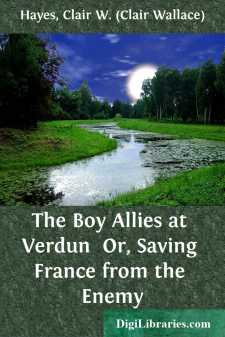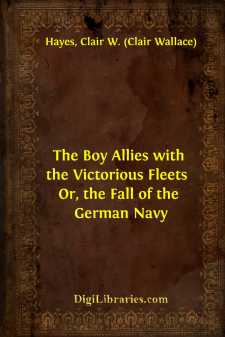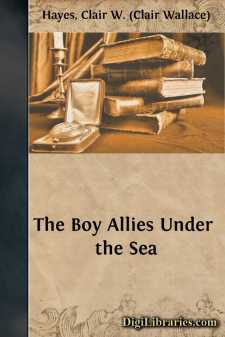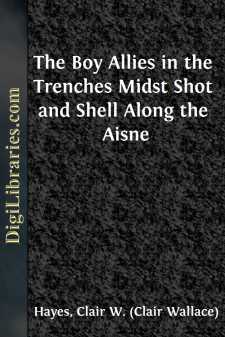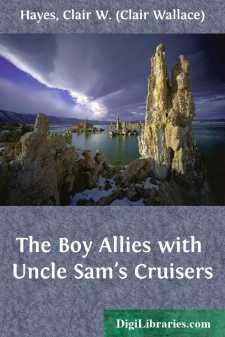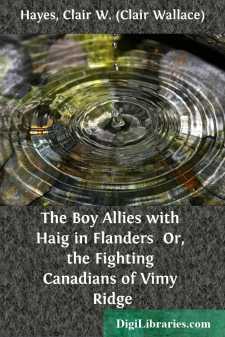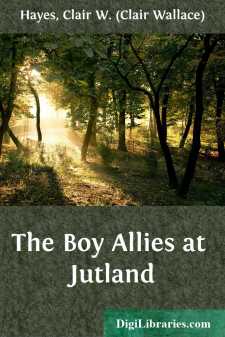Categories
- Antiques & Collectibles 13
- Architecture 36
- Art 48
- Bibles 22
- Biography & Autobiography 813
- Body, Mind & Spirit 142
- Business & Economics 28
- Children's Books 16
- Children's Fiction 13
- Computers 4
- Cooking 94
- Crafts & Hobbies 4
- Drama 346
- Education 46
- Family & Relationships 57
- Fiction 11829
- Games 19
- Gardening 17
- Health & Fitness 34
- History 1377
- House & Home 1
- Humor 147
- Juvenile Fiction 1873
- Juvenile Nonfiction 202
- Language Arts & Disciplines 88
- Law 16
- Literary Collections 686
- Literary Criticism 179
- Mathematics 13
- Medical 41
- Music 40
- Nature 179
- Non-Classifiable 1768
- Performing Arts 7
- Periodicals 1453
- Philosophy 64
- Photography 2
- Poetry 896
- Political Science 203
- Psychology 42
- Reference 154
- Religion 513
- Science 126
- Self-Help 84
- Social Science 81
- Sports & Recreation 34
- Study Aids 3
- Technology & Engineering 59
- Transportation 23
- Travel 463
- True Crime 29
The Boy Allies at Verdun Or, Saving France from the Enemy
Categories:
Description:
Excerpt
CHAPTER I
THE EVE OF VERDUN
On the twenty-second of February, 1916, an automobile sped northward along the French battle line that for almost two years had held back the armies of the German emperor, strive as they would to win their way farther into the heart of France. For months the opposing forces had battled to a draw from the North Sea to the boundary of Switzerland, until now, as the day waned—it was almost six o'clock—the hands of time drew closer and closer to the hour that was to mark the opening of the most bitter and destructive battle of the war, up to this time.
It was the eve of the battle of Verdun.
The occupants of the automobile as it sped northward numbered three. In the front seat, alone at the driver's wheel, a young man bent low. He was garbed in the uniform of a British lieutenant of cavalry. Close inspection would have revealed the fact that the young man was a youth of some eighteen years, fair and good to look upon. As the machine sped along he kept his eyes glued to the road ahead and did not once turn to join in the conversation of the two occupants on the rear seat. Whether he knew that there was a conversation in progress it is impossible to say, but the rush of wind would have made the conversation unintelligible, to say the least.
This youth on the front seat was Hal Paine, an American.
The two figures in the rear seat were apparently having a hard time to maintain their places, as they bounced from side to side as the car swerved first one way and then the other, or as it took a flying leap over some object in the road, which even the keen eye of the driver had failed to detect. But in spite of this, even as they bounced, they talked.
One of the two figures was tall and slender and there was about him an air of youthfulness. He was in fact a second American boy. His name was Chester Crawford, friend and bosom companion of Hal Paine. Like the latter he, too, was attired in the uniform of a British lieutenant of cavalry.
The second figure in the rear seat was built along different lines. He was short and chunky; also, he was stout. Had he been standing it would have been evident that he was almost as wide as he was long. He had a pleasant face and smiled occasionally, though upon each occasion this smile died away in a sickly grin as the car leaped high in the air after striking a particularly large obstruction in the road, or veering crazily to one side as it turned sharply. In each case the grin was succeeded by a gasp for breath.
The figure was that of Mr. Anthony Stubbs, war correspondent of the New York Gazette, on the firing line in Europe to gather facts for his newspaper. He was attired in a riding suit of khaki.
Said Mr. Stubbs:
"Well, we may get there and we may not."
"Oh, we'll get there all right, Mr. Stubbs!" Chester raised his voice to make himself heard.
"We're likely to land out here in the ditch," was Stubbs' reply. "The way
Hal runs this car, there is no telling what may happen."
"Not frightened, are you, Mr....


